As a person we all are aware of the food cycle, plants consume sunlight, plants are eaten by small animals and small animals are the prey of bigger animals. This is a normal food cycle in nature but there are exceptions everywhere. We know plants survive on sunlight, soil, and water for nutrients but there are some plants that directly feed on animals like bugs, insects, and flies. These plants are known as bug eater plants or carnivorous plants.

Bug eater plants or carnivorous plants may look a little unusual than your normal houseplants. These plants are native to places like bogs, and swamps where the soil is nutrient deficient. So, to get the right amount of nutrients, these predatory plants rely on the flesh. These plants have now adapted themselves to grow on soil that is deficient in nitrogen and phosphorus. Besides all this, you can still have these bug-eating plants for home if you know how to care for them. Here are some major bug eater plant varieties below.
Common Bug Eater Plants
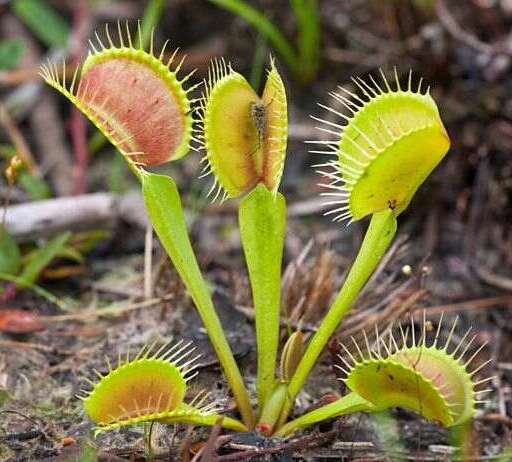
Venus Flytrap:
Perhaps the Venus Flytrap is the most common carnivorous plant that you have heard of. This plant needs Boggy, humusy, acidic soil and full to partial sunlight. The plants mostly feed on insects and arachnids for survival. Their mechanism to attract the insects is very simple but it takes time to identify if it is real or not. The insect is lured by the nectar in the leaves, when it touches the sensitive parts of the plants, the jaws close on the prey.
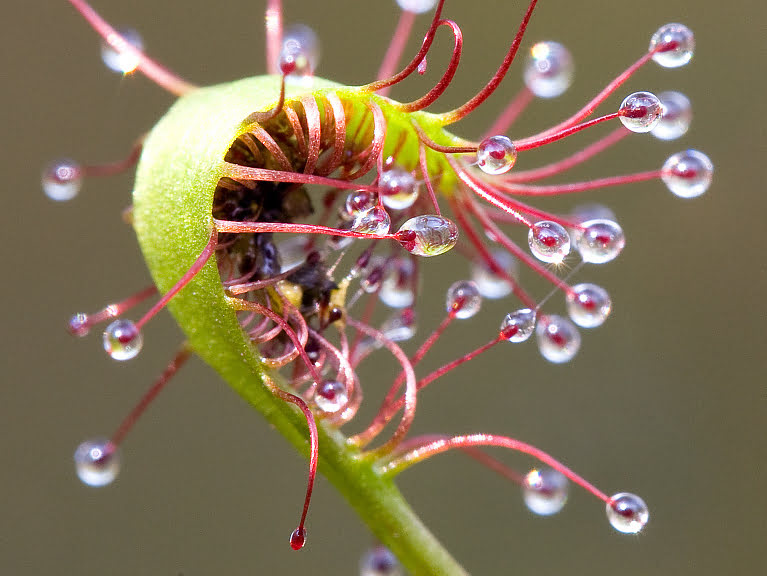
Sundew Plant:
Sundews are one of the most common insect-eating plants found almost in every continent except Antarctica. Approximately there are 200 species of sundew that vary in shape, size, and color. Sundews can be grown in soil containing peat, sand, and perlite and need full to partial shade for growth depending on the variety. The leaves have tentacles covered with glue-like substances. These tentacles are super sensitive and once they sense their prey, the leaves curl up to sweep over the insect.

Cobra Lily:
Cobra lily is also known as the California pitcher plant, gets its name due as the leaves look like the head of the cobra ready to strike. They become quite big when matured and attain a height of around 3 feet. They require full to partial shade and like to grow in moist boggy soil. This translucent plant uses nectar to attract insects, it stores water in pitchers like leaves and the downward-facing hairs prevent the insect from escaping. Cobra lily is a little distinct as it produces bacteria instead of enzymes to digest the prey.

Tropical Pitcher Plant:
The tropical pitcher plant can be found in the Indian Ocean basin. There are more than 150 species of this plant that can be found mostly in regions of Madagascar, Southeast Asia, and Australia. Usually, you will see that only enthusiasts will grow this plant as they grow in high-altitude areas and in wet rainforests. They require acidic soil with full to the partial sunshade. They are not only fly-eating plants, but they feed on mammals like frogs and other species like lizards, birds, and rats. The sweet nectar attracts the animals and the pitcher closes once the animal is trapped.
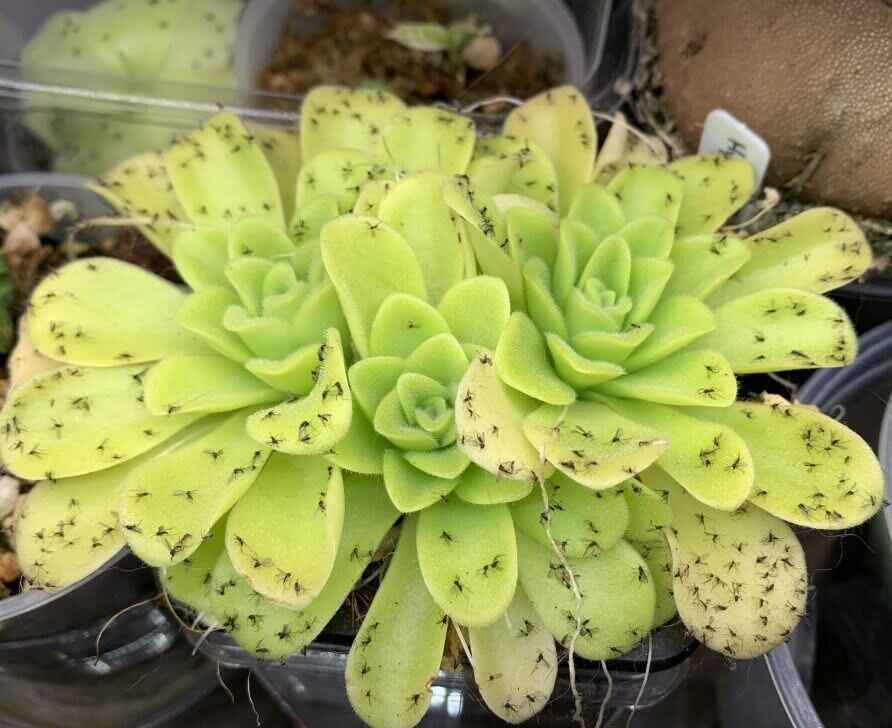
Butterwort Plant:
Butterworts is another carnivorous plant that is famous for its broad green leaves and showy orchid-like flowers that bloom in purple, white, and yellow colors. They are native to areas of Europe, North America, South America, and North Asia. They like alkaline or neutral soil which is kept moist and loves to be in the light for some hours. The broad green leaves have small hair which is sticky and when any insect mistakes the secretion for water, it gets stuck. After that, the leaves suck the nutrients from the insect and digestive enzymes digest them.
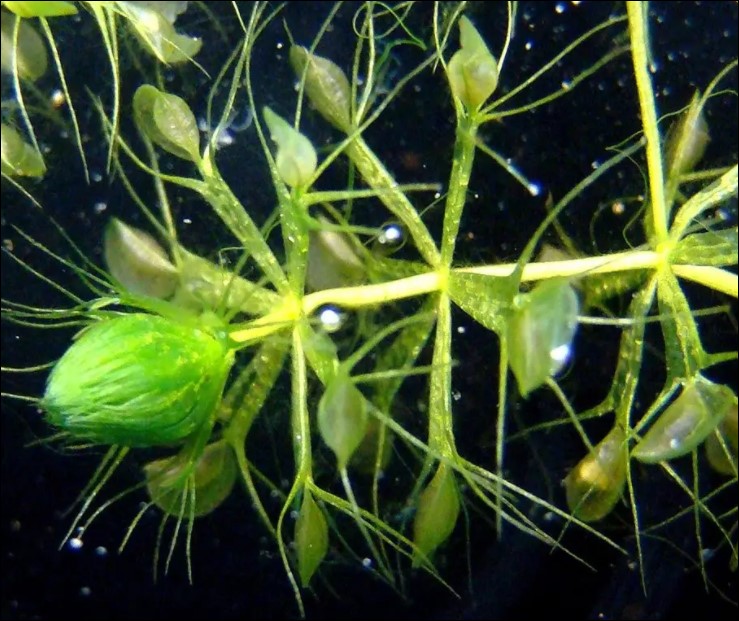
Waterwheel Plant:
The waterwheel plant is an aquatic plant that has no roots and floats on the lake and traps the small invertebrate in its trap. The trap is similar to a Venus flytrap but it is a little smaller and located underwater. The plant needs abundant light, sull sun, and warm water to carry out photosynthesis. The long green hair or tentacles help the plant to sense any invertebrate nearby and trap the little ones the come in contact with the plant.
Also read: Water Plants – Give Your Home A Fresh Look
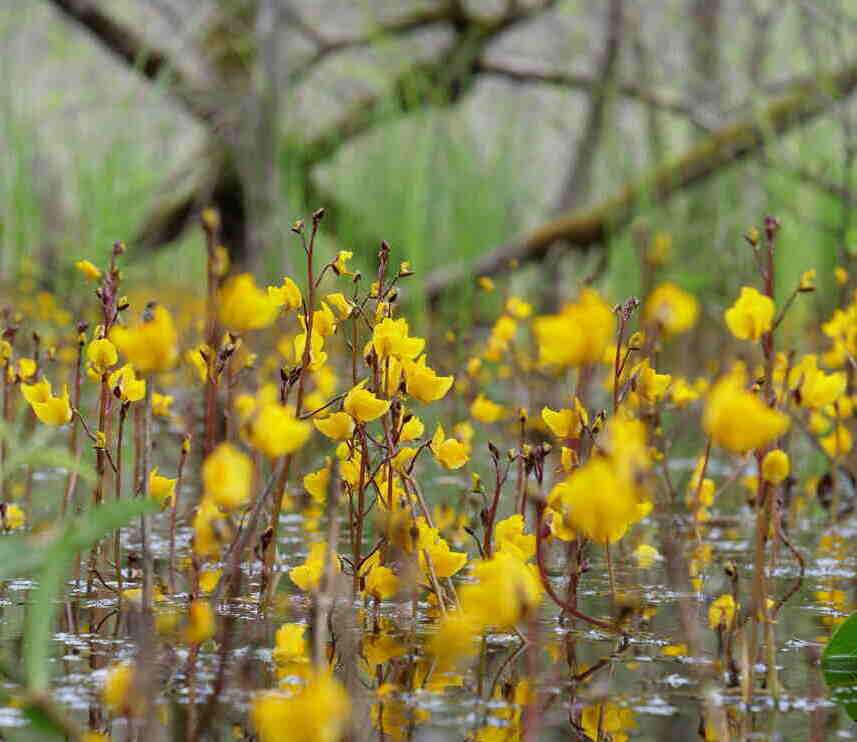
Bladderwort:
These strange carnivorous plants can be found in wetlands and there are more than 200 species of this plant. They use the bladders to suck in water and small insects. They prefer to feed on fish fry, mosquito larvae, nematodes, and water fleas most of the time. They need full to partial sun depending on the species with wet moist soil which is acidic. Mostly they are found in every continent except for Antarctica. The tiny hairs at the opening scene when some insect is near and when the insect touches the plant, it sucks in water and insects and closes the opening of the bladder.
Takeaways
You can find these plants for sale on online portals but if you are actually buying some of the species for your home, you need to take care of certain important things. Always keep them in the bright light of the sun, keep the soil moist, water them mostly with rainwater, keep them cool in winters, you do not need to fertilize them, feed them yourself as they feel themselves, and never tease them. Before buying one make sure you look at the insect-eating plants pictures with names to see which one would suit your home atmosphere.
Frequently asked questions
Q1: Are bug eating plants harmful to humans?
No, bug eating plants do not harm humans as they are built to consume small insects and mammals like frogs, spiders, and rodents.
Q2: What kind of soil do carnivorous plants need?
Most carnivorous plants require wet or moist soils in summers and prefer less moisture in winters.
Q3: Which is the biggest carnivorous plant in the world?
The Montane pitcher plant is considered as the biggest carnivorous plant in the world.
